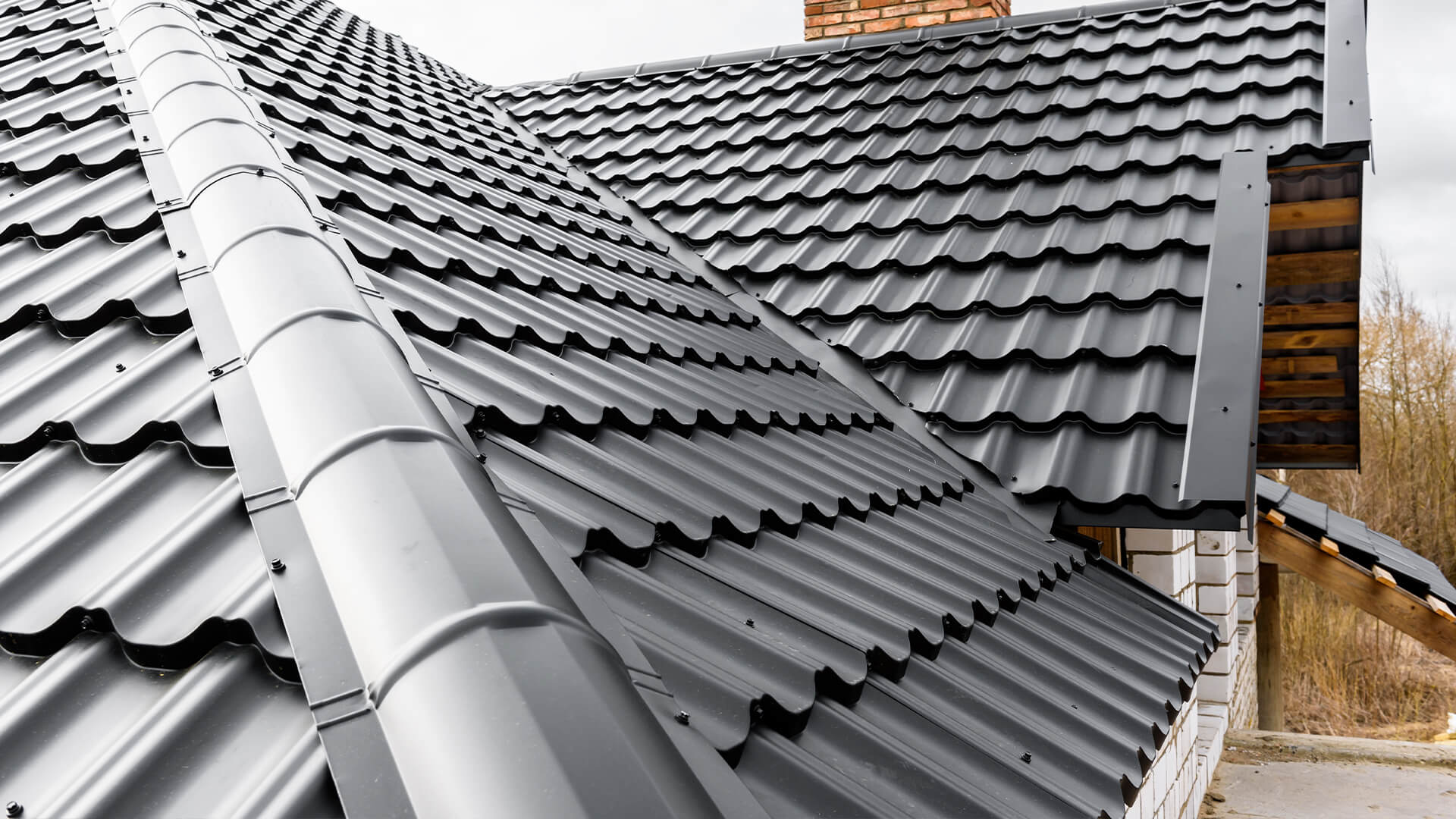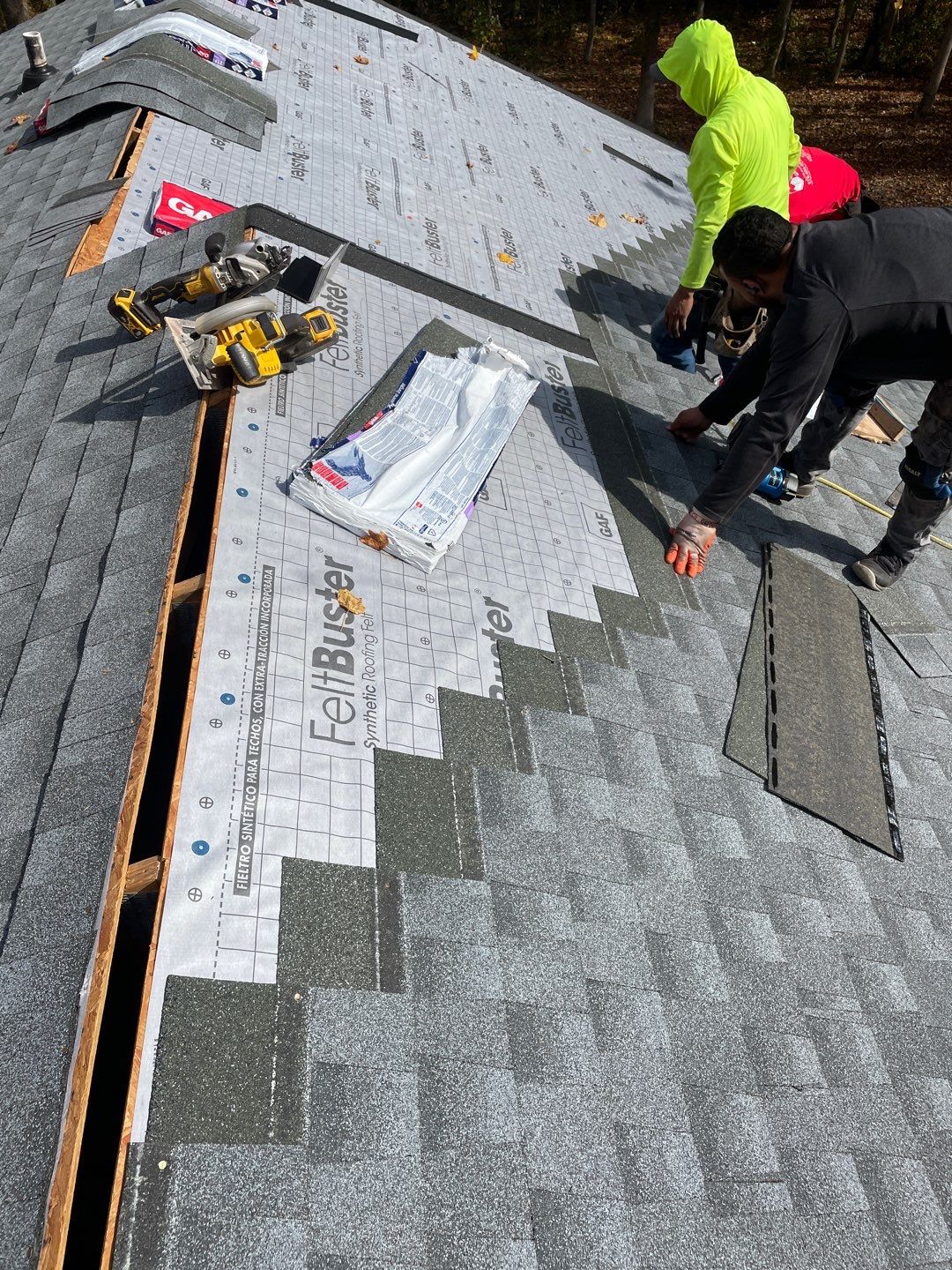Client Reviews on the very best Gainesville FL Roofing Companies Offered
Best Practices for Ensuring Appropriate Roof Ventilation
Ensuring appropriate roofing air flow is critical for the longevity and performance of a roof. A well balanced intake and exhaust vent ratio, commonly 1:300, plays a crucial role, with intake vents preferably positioned at the reduced edge of the roofing for cool air access and exhaust vents at the top for warm air exit. Routine assessments to recognize blockages and preserve clear air flow are paramount. In addition, keeping insulation away from vents is vital to stop air movement constraint. Recognizing these foundational aspects establishes the stage for more thorough understandings right into setup and upkeep methods that can significantly improve your roof system's performance.
Understand Air Flow Essentials
Effectively recognizing ventilation fundamentals is important for making sure the durability and performance of roof. Efficient ventilation alleviates moisture accumulation and temperature level extremes in the attic, both of which can lead to considerable architectural damages with time. A well-ventilated roofing system helps in preventing typical problems such as mold development, timber rot, and ice dams, which can compromise the honesty of the roof covering products and the underlying structures.
The primary goal of ventilation is to assist in the movement of air, enabling a consistent exchange in between the exterior and interior atmospheres. This equilibrium is achieved with a combination of intake and exhaust vents that function with each other to keep optimal airflow. Intake vents, generally located along the eaves or soffits, allow fresh air to enter the attic room space, while exhaust vents, typically situated at or near the roofing system ridge, make it possible for warm, moist air to get away.
Trick factors affecting the performance of roof air flow include correct positioning, adequate sizing, and ensuring that both consumption and exhaust vents are unobstructed. Regular assessment and maintenance are essential to identify potential clogs, damage, or inefficiencies in the ventilation system, thus guarding the roof covering's efficiency and durability.
Sorts Of Roof Vents
Roofing system vents play an important function in keeping effective attic ventilation and, by extension, the overall wellness of the roof system. Different sorts of roof covering vents are offered, each with unique advantages tailored to particular roof demands. Ridge vents, as an example, are set up along the roof covering's top, enabling warm, damp air to escape from the attic room. They supply constant air flow and blend effortlessly with the roofline, making them both effective and aesthetically pleasing.

Soffit vents are set up under the eaves and job in tandem with roofing system vents to ensure a balanced intake and exhaust system. By permitting cooler air to enter from below, soffit vents help with the expulsion of hot air with top vents. Gable vents, situated on the outside wall surfaces of the attic, offer an additional efficient option, specifically in homes with gable roofing systems.
Analyze Your Existing Air Flow

Following, consider the age and condition of your roof products and ventilation components. Older systems may not follow present building ordinance or might have degraded over time, minimizing their efficiency. Conduct a comprehensive examination to identify any kind of indicators of deterioration, such as rust, damage, or gaps that can endanger the system's efficiency.
Furthermore, determine the attic room temperature level and humidity levels. High temperature levels and moisture can indicate insufficient ventilation - gainesville fl roofing companies. Utilize a hygrometer and thermometer to acquire accurate analyses, contrasting them with outdoor problems. Consistent disparities suggest possible concerns that need attending to.
Installation Best Practices
Effective installation of roof ventilation systems is vital for making certain optimum efficiency and longevity. Correct installment starts with recognizing the certain ventilation demands of the roof and the building it covers. This entails computing the right ratio of intake to wear down vents, generally sticking to the 1:300 guideline, which states one square foot of ventilation for every single 300 square feet of attic floor space.

The positioning of vents is equally vital. Consumption vents ought to be mounted at the roof's lower edge, commonly in the soffits, to enable trendy air to go into. Exhaust vents, on the various other hand, ought to be installed near or at the roof's peak to facilitate the leave of warm, moist air. This creates an all-natural airflow that helps keep temperature level and moisture balance within the attic room area.
Seal Discover More all vent connections meticulously to stop air leaks and prospective water infiltration. Usage high-quality materials and follow producer standards to ensure resilience and effectiveness. In addition, integrating ridge vents with baffles can substantially enhance air movement performance by preventing wind-driven rainfall and snow from going into the attic.
Eventually, specific installment of roof covering air flow systems mitigates prospective concerns such as mold and mildew growth, ice dams, and architectural damages, making certain the roof's honesty and the building's total health.
Routine Upkeep Tips
Uniformity in maintenance practices is essential to ensuring the long-lasting efficiency of roofing air flow systems. Throughout these assessments, make certain that vents are totally free of debris, nests, and other obstructions that can impede air flow.
Utilize a soft brush or a vacuum cleaner to remove dirt and particles from intake and exhaust vents. Be mindful not to damage the air vent screens or louvers throughout the process.
Proper insulation is similarly essential. Ensure that attic room insulation does not obstruct the vents, as this can seriously restrict air flow. If any type of insulation has actually moved or cleared up, rearrange or change it to preserve an efficient click to find out more barrier.
Lastly, change any type of harmed or missing out on elements immediately. Busted vents, broken tiles, or scrubby blinking can all add to poor air flow and should be addressed without hold-up. Normal upkeep guarantees that the roof air flow system functions optimally, therefore extending the life-span of the roof covering itself.
Verdict
Guaranteeing correct roofing air flow is paramount for preserving the performance and sturdiness of a roofing system. Adherence to the 1:300 consumption and exhaust air vent ratio, combined with the strategic placement of vents, is crucial.
A balanced consumption and exhaust air vent ratio, frequently 1:300, plays a pivotal role, with consumption vents ideally put at the reduced side of the roof for awesome air access and exhaust vents at the peak for warm air departure. Intake vents, generally located along the soffits or eaves, allow fresh air to enter the attic room room, while exhaust vents, frequently located at or near the roof covering ridge, allow warm, moist air to escape.
Soffit vents are set up under the eaves and work in tandem with roofing system vents to guarantee a balanced consumption and exhaust system. By permitting cooler air to get in from below, soffit vents facilitate the expulsion of hot air via top vents. Adherence to the 1:300 consumption and exhaust air vent proportion, coupled with the calculated placement of vents, is Learn More Here vital.